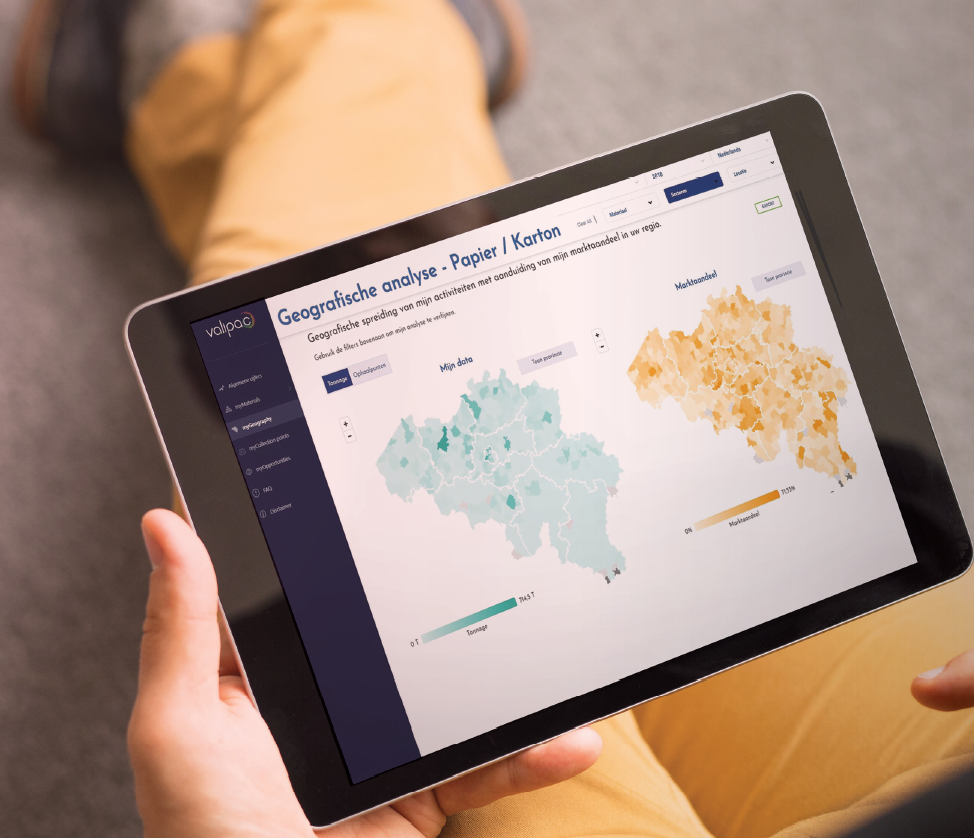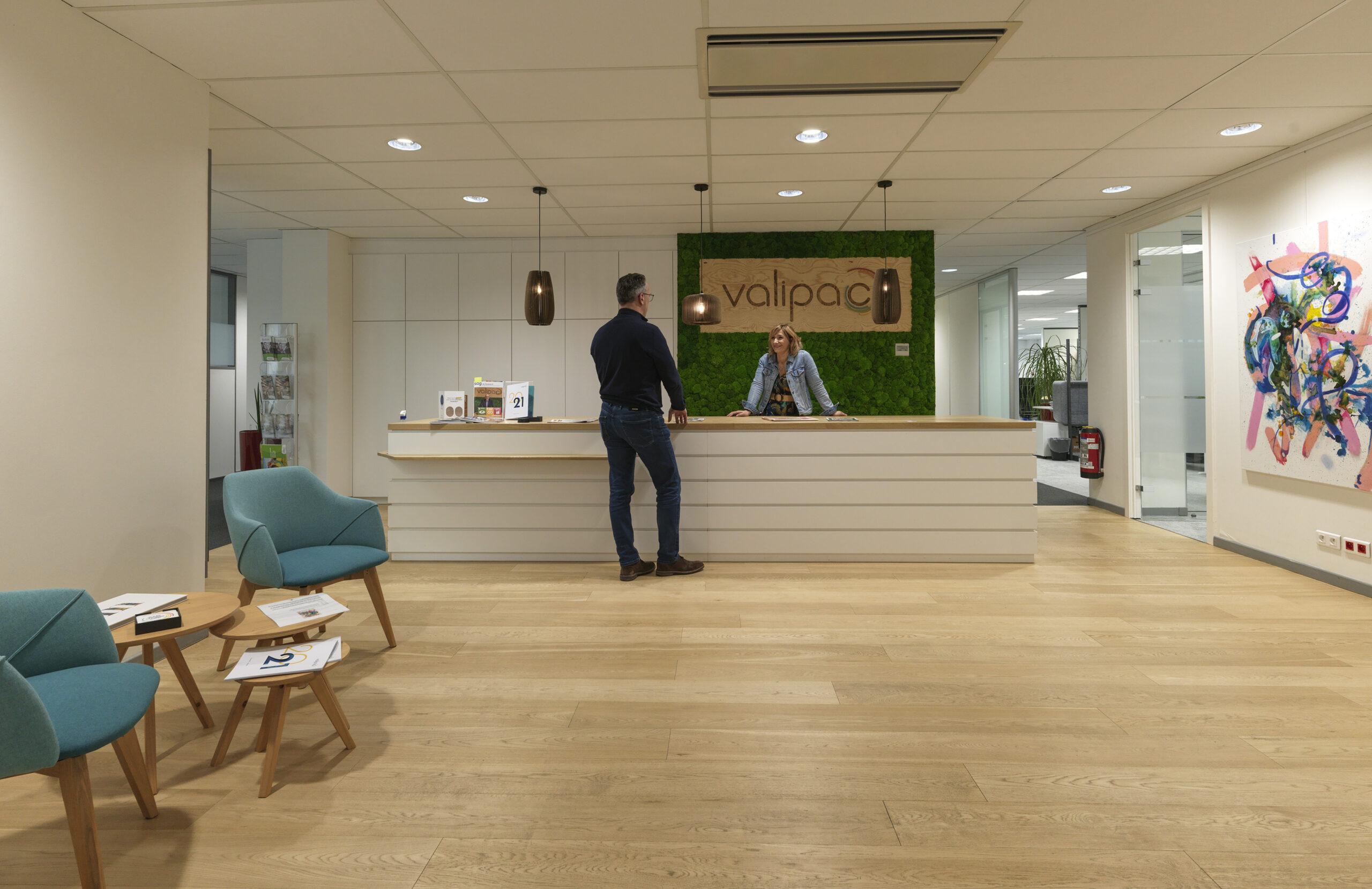3.1. Results of mapping in 2023
The annual mapping report systematically documents recycling channels, from collectors and traders to final recyclers. In total, the route taken by 66,200 tonnes of industrial and commercial plastic packaging waste was fully mapped in 2023 for the 2022 operating year. This waste was recycled in Europe, the Far East or the Middle East (mainly Turkey). The total quantity recorded increased compared with the mapping reports in 2021 (+9,800 tonnes) and 2022 (+3,100 tonnes). Europe accounted for the increase, while the Far East and Turkey slightly lost ground.


Combined with the quantity of waste (31%) going directly to final processors, trading efforts in 2023 take overall traceability of plastic waste for 2022 to more than 98.6%.
In 2022, 78.6% of recycled cardboard went directly to a final purchaser, and 7% was sold by traders with whom Valipac has a contract. The accredited compliance organisation ended 2023 with 7 contracts with cardboard traders. This meant that Valipac achieved a traceability level of 95.2% for 2022, and its efforts in this area continue unabated.

3.2. Audit results
Since 2021 the accredited compliance organisation has been arranging audits of recycling companies located outside the EU. This concerns both plastic and paper/cardboard.
In 2023 Valipac commissioned 39 audits of companies recycling industrial and commercial plastic waste, thanks to contracts with 20 plastic traders. This took the total number of non-EU companies already audited to 72 (including eight two-yearly re-audits of previously audited purchasers). The substantial budget allocated by Valipac for this purpose, coupled with the desire of some European EPR organisations to work together, led to a formal collaboration with the Afvalfonds Verpakkingen (waste packaging fund) in the Netherlands in 2023, which will see concrete results in 2024 with 26 planned audits outside the EU. Collectors, traders and final processors will also gradually benefit from more effective auditing of treatment channels. Valipac expects to see significant, but slow, progress in this area.
In its 2023 results, Valipac takes into account the quantities of plastic that recycling companies outside the EU have accepted, but that cannot be included in the recycling results because of minimum criteria and an adverse audit report.
The number of red-flagged companies (i.e. those with an adverse audit opinion) for plastic was seven by the end of 2023. Valipac disseminates this blacklist to traders to make them aware of the problem and encourage them to remedy the situation. Waste operators can log on to a web application and check scores to encourage them to exclude purchasers who trade with blacklisted companies. This also enables operators to guarantee maximum recycling incentives for unpackers.
3.3. Overview of final recycling destinations
The various materials had the following destinations in 2022:

